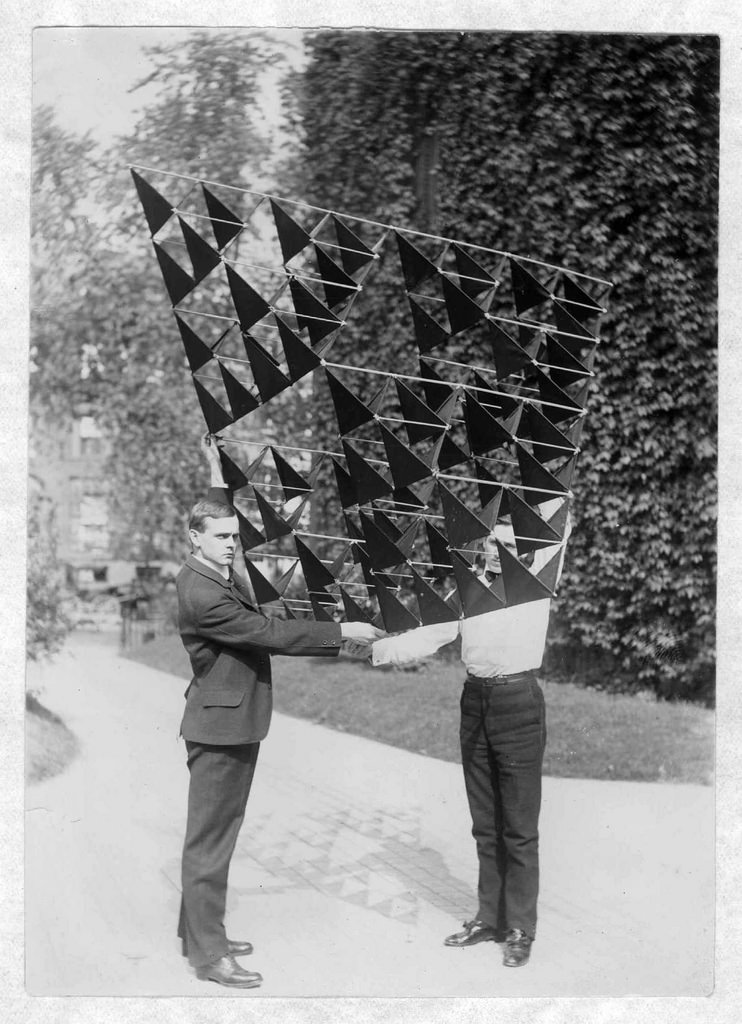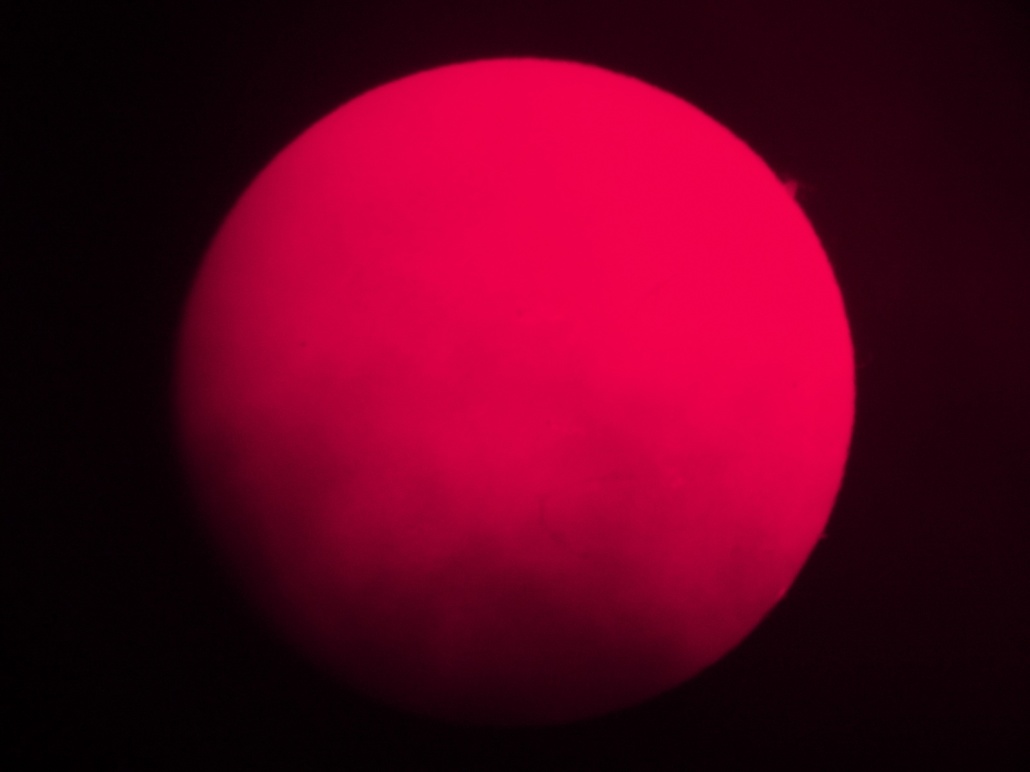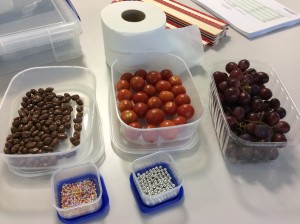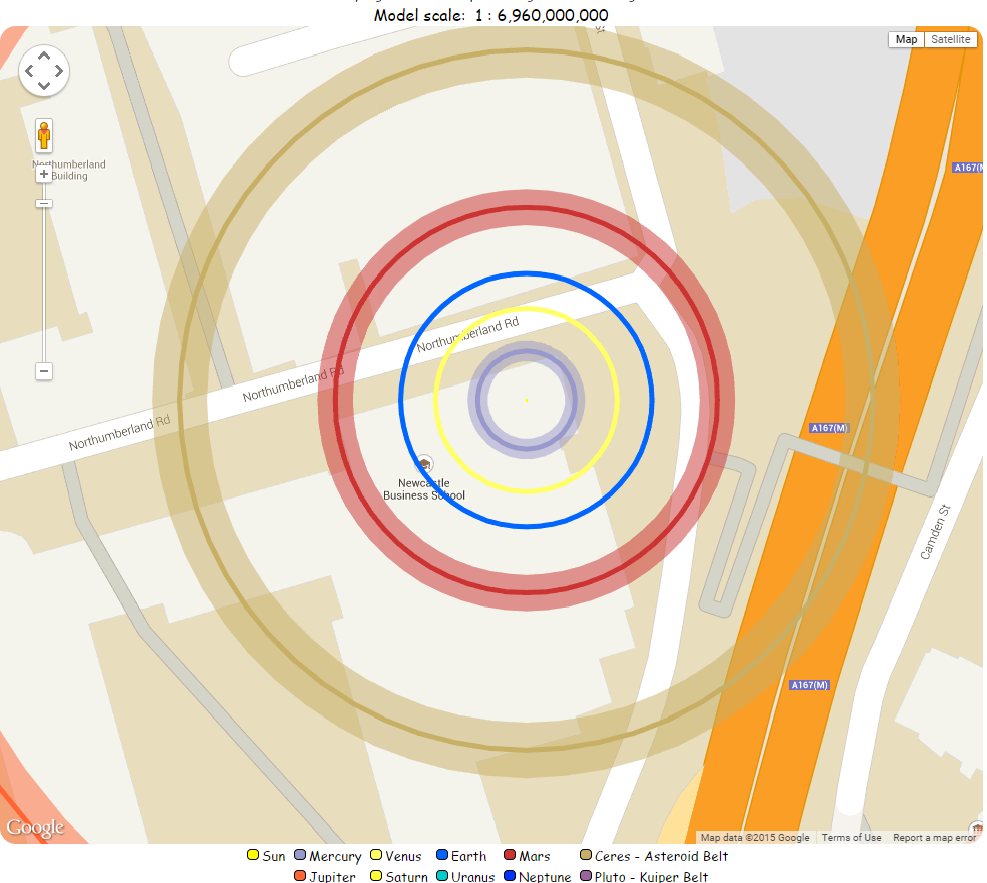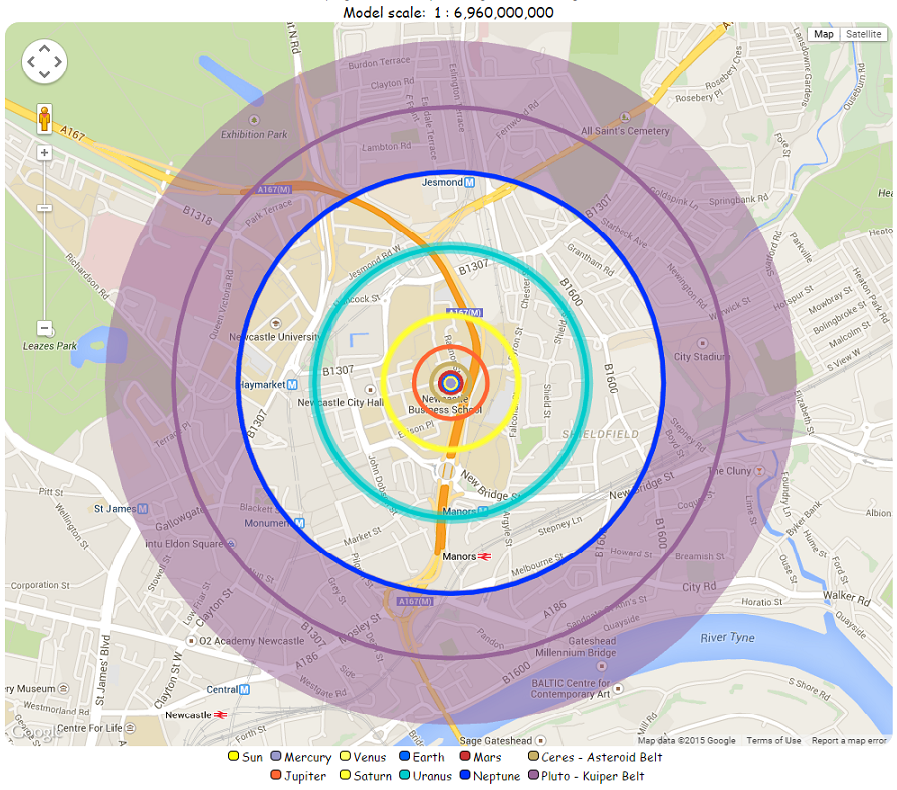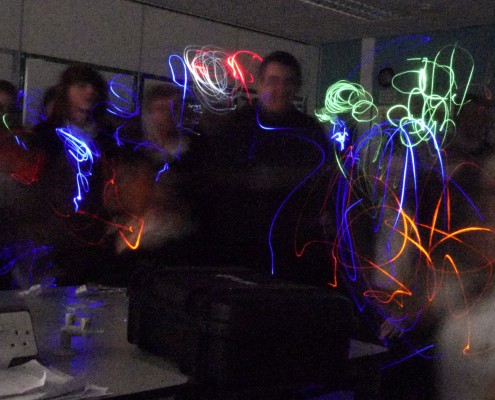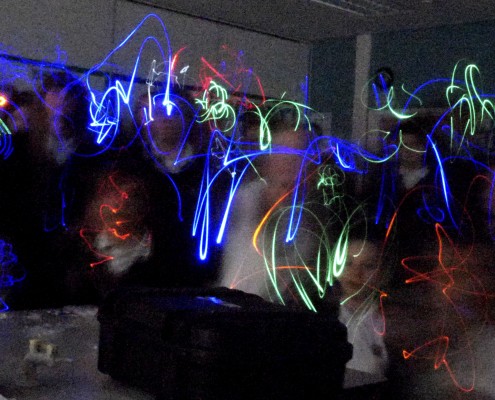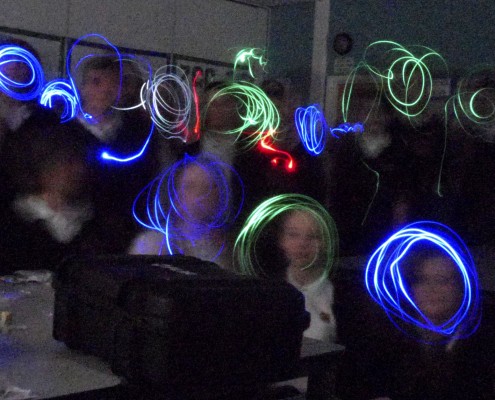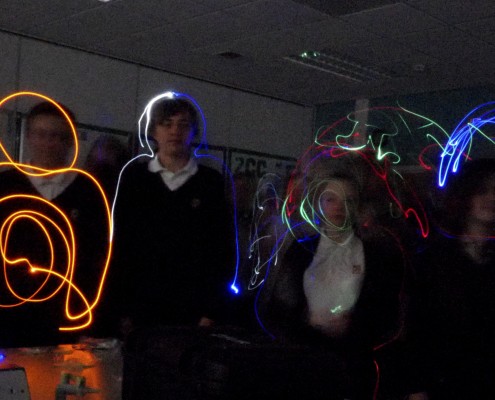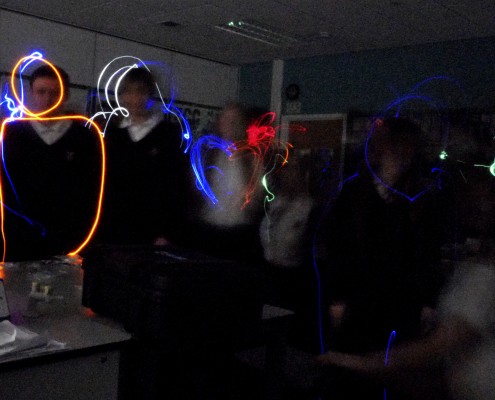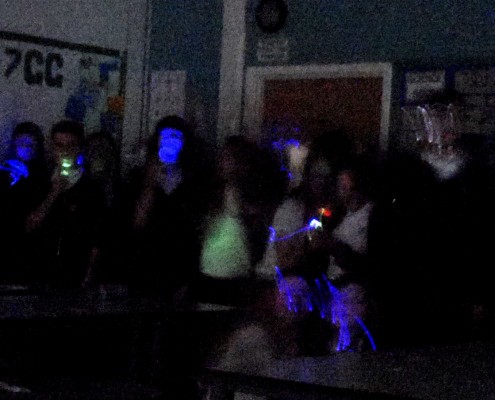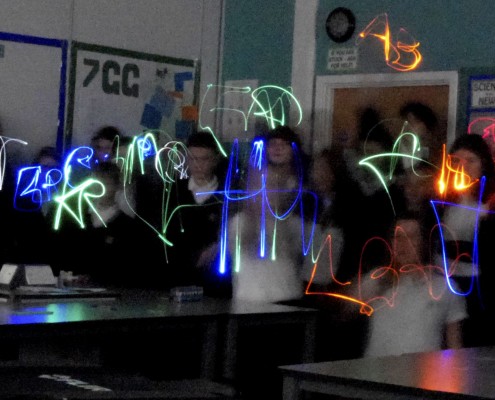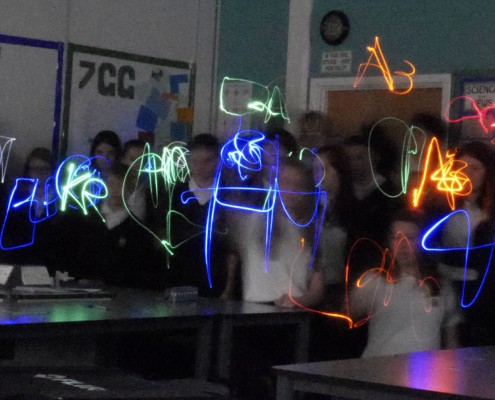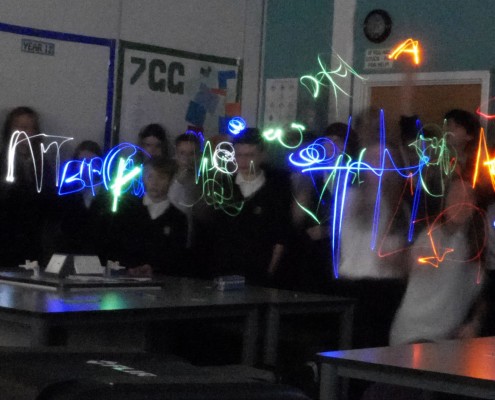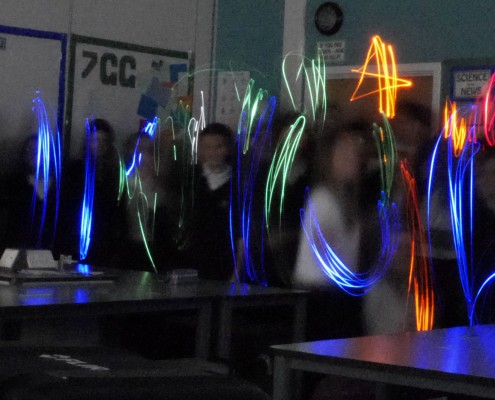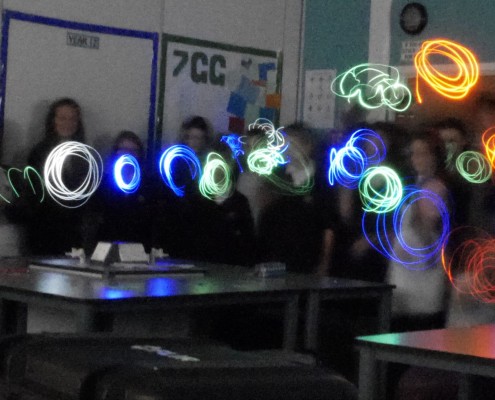Sixth Form Evening Lectures: the 2018 edition

How Physics and Maths Make a Difference in the World
Each year NUSTEM organises a series of Sixth Form Evening lectures for students in North East schools. With the help of Northumbria University’s academic community and local employers we explore how physics and maths are used in the world around us. The aim is to show students that Physics and Maths Matters!
Physics and maths intersect in so many different areas and lead to so many different post-16 choices that we want to showcase that to young people (and sometimes their families). Here in the North East we have nationally and internationally renowned research and industry, and NUSTEM is proud to be able to host speakers at the forefront of these developments.
2018 has been recognised as the Year of Engineering. Engineering fundamentally relies on strong foundations in physics and maths, and the transferable skills that people who study them develop. With this in mind the 2018 NUSTEM Sixth Form Evening Lectures will open with a fantastic lecture on fluid dynamics and it applications in Mechanical Engineering.
One lesson we have learnt over the years is that the lectures appeal to a wider range of people than Sixth form students. Even though we have Y12 and Y13 students at the heart of these lectures we encourage schools to extend the invitation to Y10-Y11 students and their parents/carers, to come along and find out how fractals, hydrophobic surfaces, smart materials, waves, and electron scanning microscopes matter in the world around us.
Our series of evening lectures take place every Thursday from 17:30 to 18:30 at Northumbria University starting on the 4th of October. You can register to attend here.

